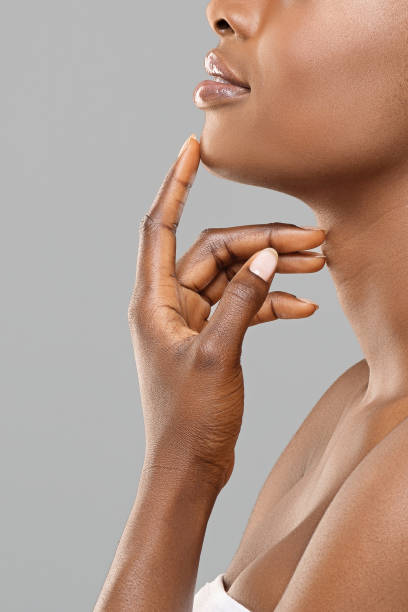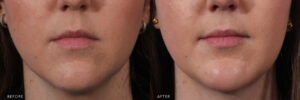
How Is a Chin Augmentation Performed?
Chin augmentation, or chin implant surgery, is a cosmetic procedure designed to enhance the size and shape of the chin. It’s a popular surgery for individuals looking to improve their facial balance, strengthen their jawline, or correct a receding chin. In this post, we’ll break down the step by step process of how a chin augmentation is performed.
Consultation and Planning
Before the procedure, you will meet with a your plastic surgeon for a consultation. During this time, your surgeon will:
Evaluate your facial structure: The surgeon will assess your chin, jawline, and overall facial harmony to determine if a chin implant is the right solution.
Discuss your goals: You’ll share what you want to achieve with chin augmentation, and the surgeon will recommend the best implant size and shape for a natural, balanced look.
Review your health history: The surgeon will ensure you’re a good candidate for surgery by reviewing your medical history and performing a physical exam.
The Day of Surgery
Chin augmentation is typically an outpatient procedure, meaning you can go home the same day. The surgery is performed under general or local anesthesia to ensure you are comfortable throughout the process.
Step-By-Step Procedure
Incision
The procedure begins with a small incision. Your surgeon can make the incision in one of two locations: inside the mouth or under the chin.
- Inside of the mouth: This approach leaves no visible scarring but requires a longer healing time.
- Under the chin: A small incision is made below the chin, which results in minimal scarring that typically fades over time.
We prefer a very small incision under the chin area which allows us to address the weak part of the chin.
Chin Implant Placement
After the incision is made, the surgeon creates a pocket in front of the chin bone but beneath the muscles. This pocket is where the silicone or other biocompatible (non-harmful) implant will be placed. The surgeon carefully positions the implant to ensure it looks natural and symmetrical.
Closing the Incision
Once the implant is securely in place, the incision is closed using sutures. If the incision was made inside of the mouth, dissolvable stitches are often used. For external incisions, sutures are removed a week or so after the procedure.
Bandaging
The surgeon may apply bandages or a chin strap to minimize swelling and support the implant during the initial healing phase.
Recovery After Chin Augmentation
Recovery from chin augmentation is typically quick, but you’ll still need to follow your surgeon’s post-operative care instructions closely:
- Swelling and bruising: Expect some swelling and bruising around the chin and jawline, which should subside within a few days to a week.
- Discomfort: Mild discomfort is common, but your surgeon will prescribe pain medications to keep you comfortable.
- Follow-up visits: You’ll have follow-up appointments to ensure the implant is healing properly and that you are happy with your results.
Most patients can return to work and normal activities within one week, but it’s important to avoid strenuous exercise for a few weeks to ensure proper healing.
Risks and Considerations
Like any surgery, chin augmentation comes with potential risks, though complications are rare. Some possible risks include infection, implant shifting, or numbness in the chin area. Choosing a board-certified plastic surgeon with experience in facial procedures significantly reduces these risks.
Why Choose Chin Augmentation?
Chin augmentation can dramatically improve your facial balance, making your profile look stronger and more defined. Whether you are correcting a receding chin or enhancing your jawline, this procedure offers long-lasting results that enhances both your appearance and confidence.
Schedule Your Consultation
If you are interested in this procedure or want to learn more, call our office 518-786-7000.

